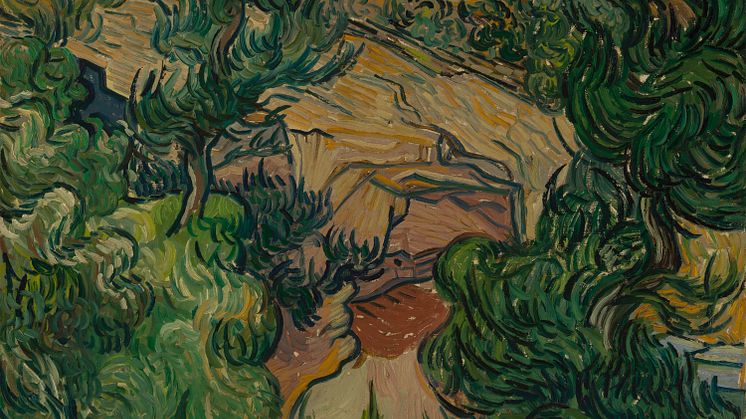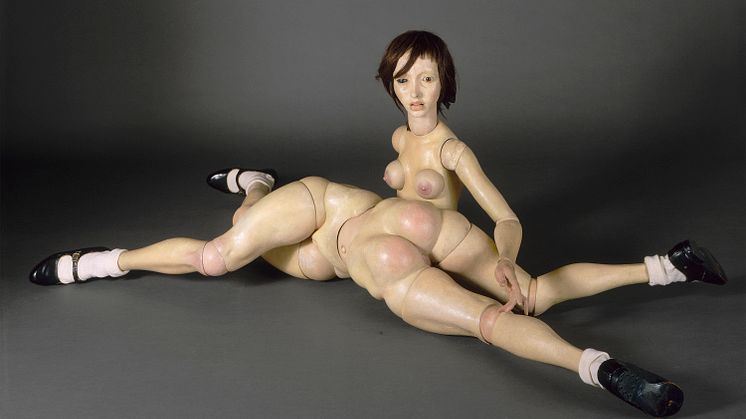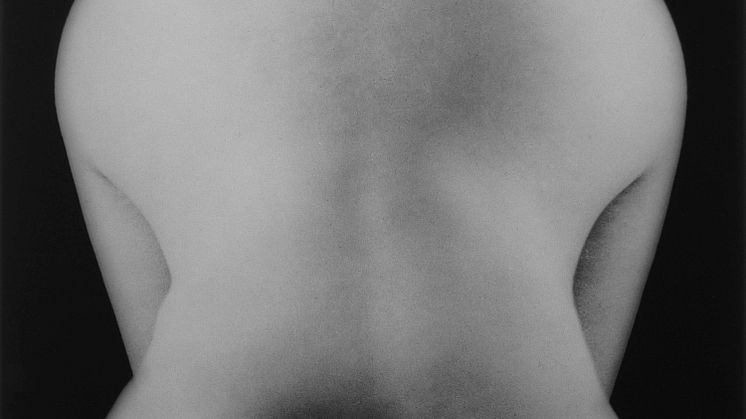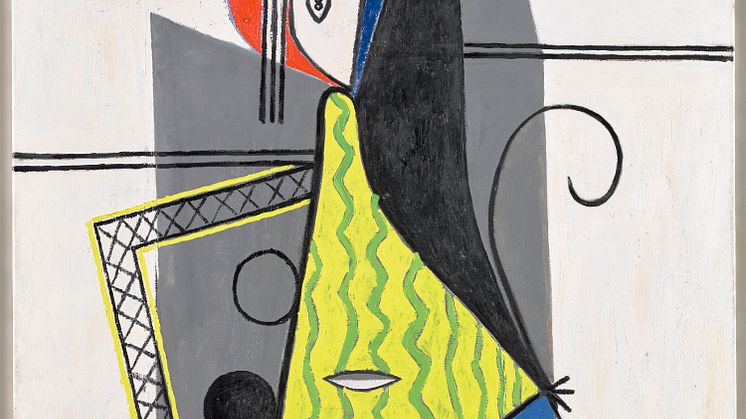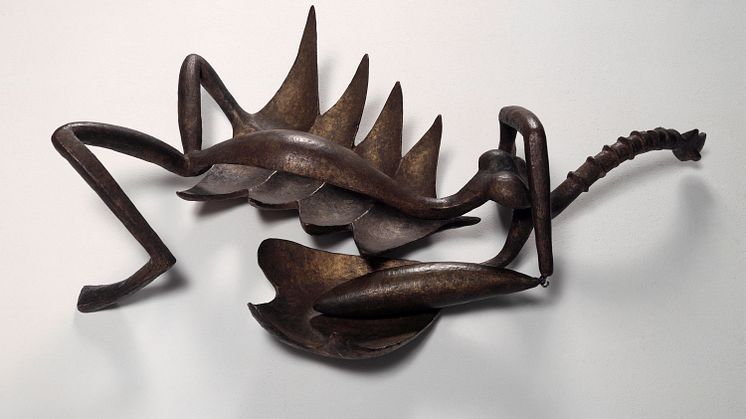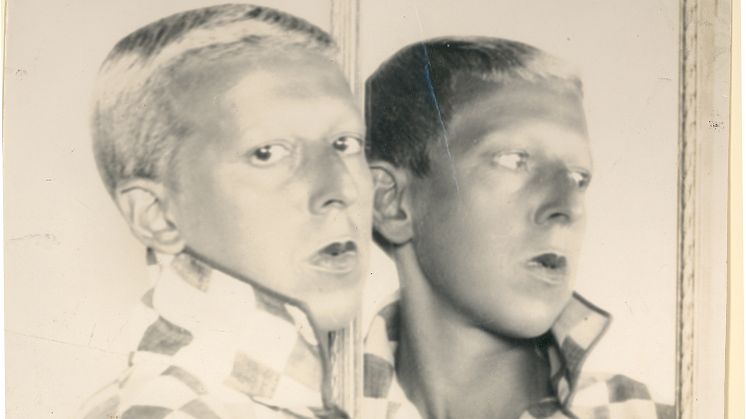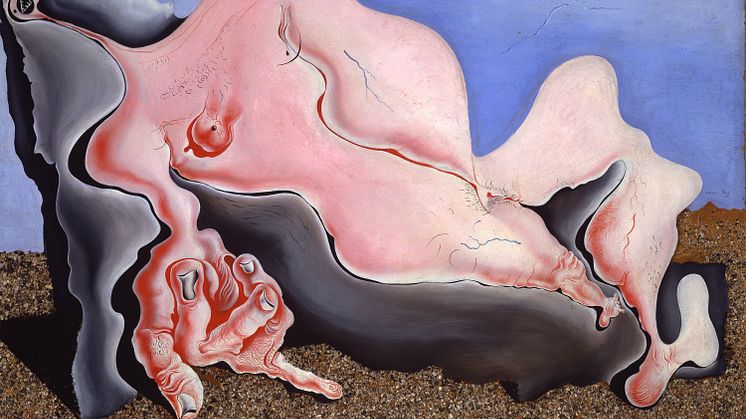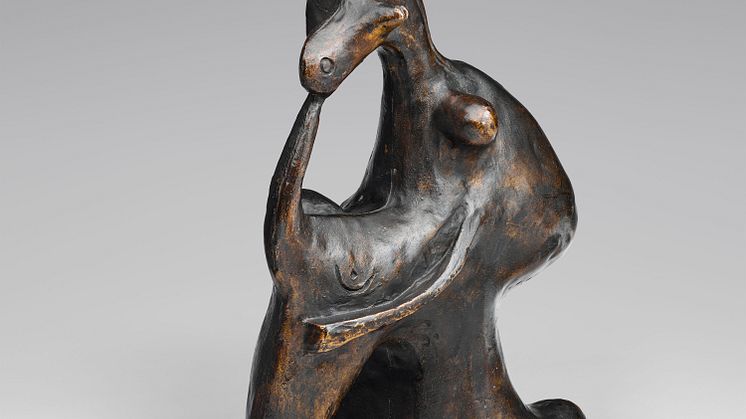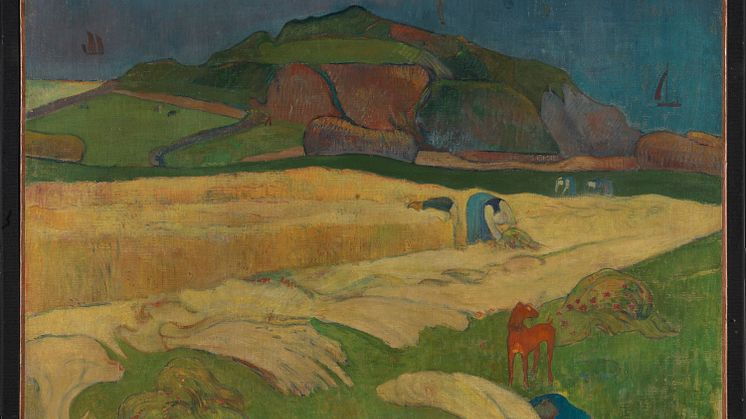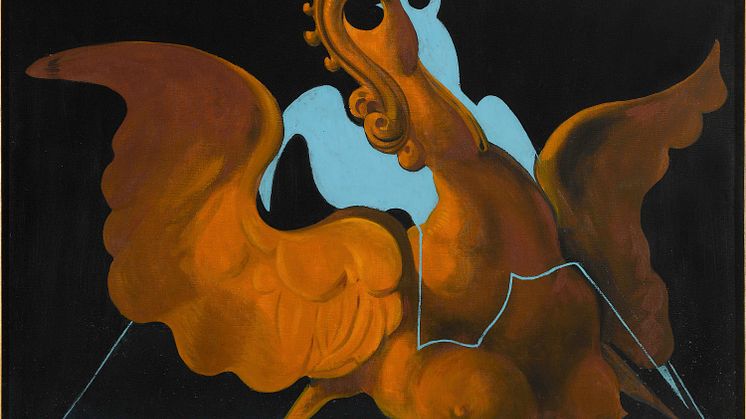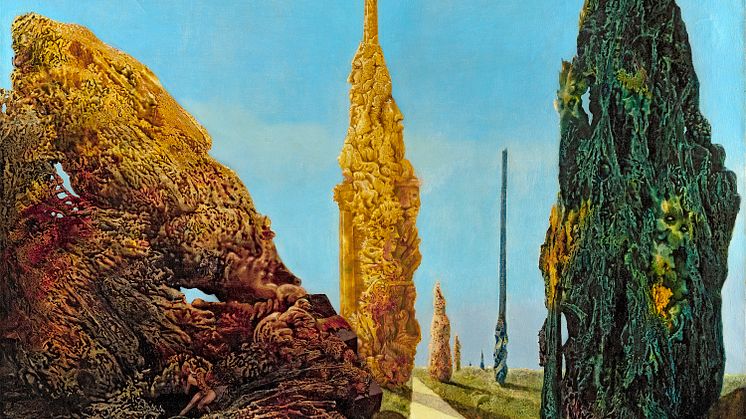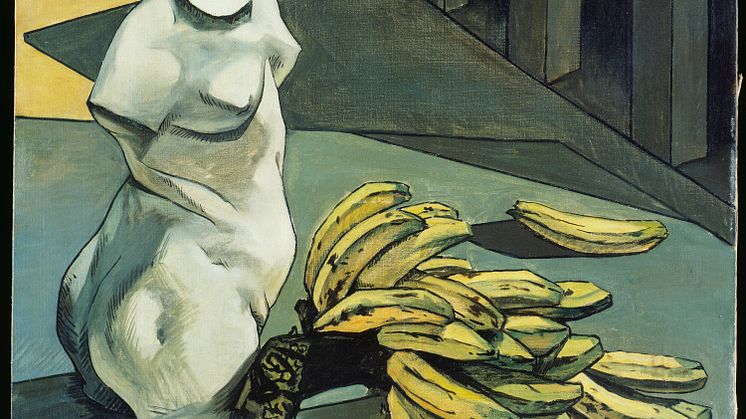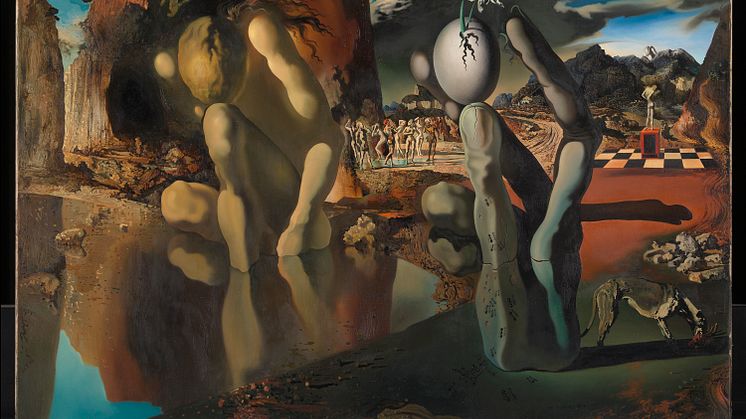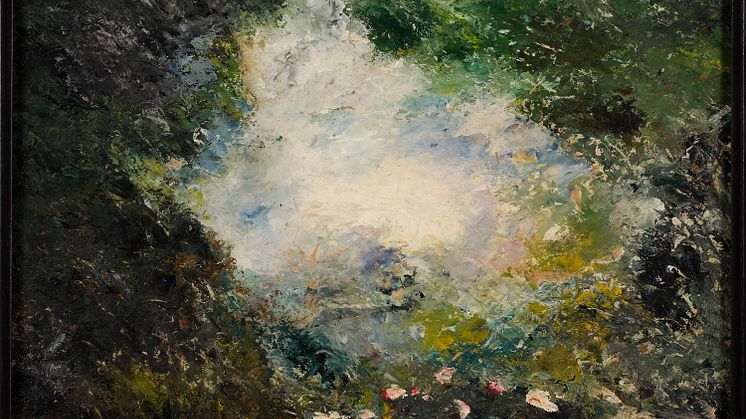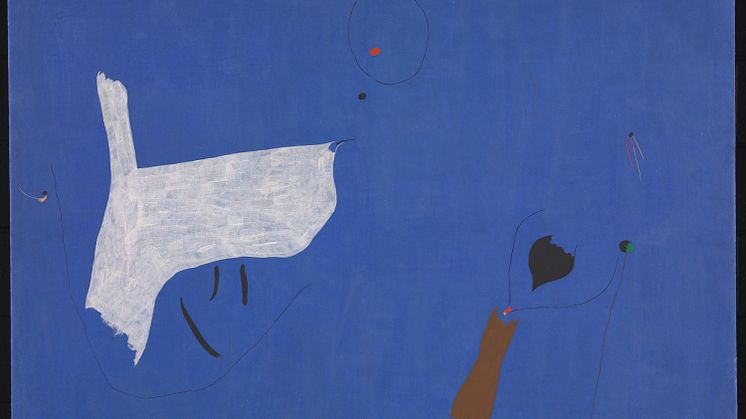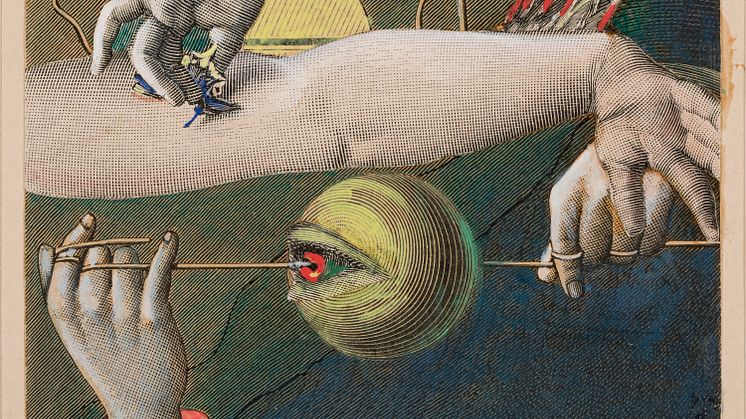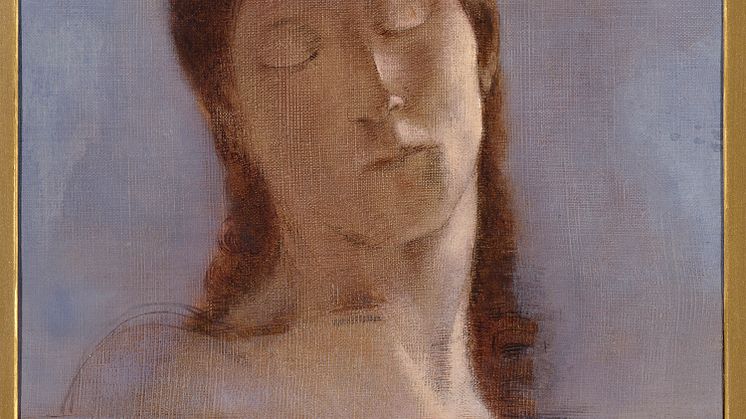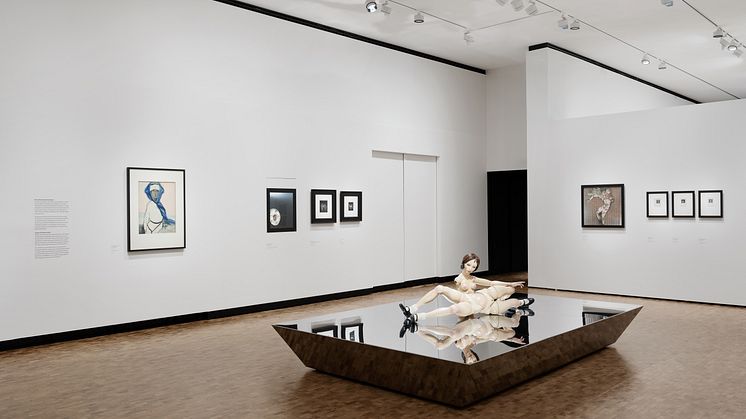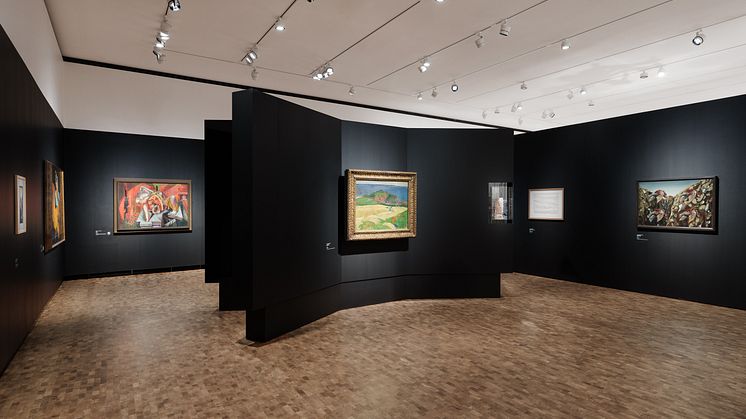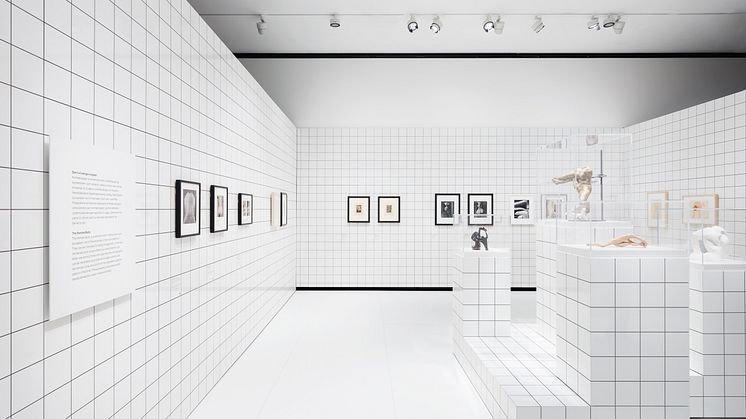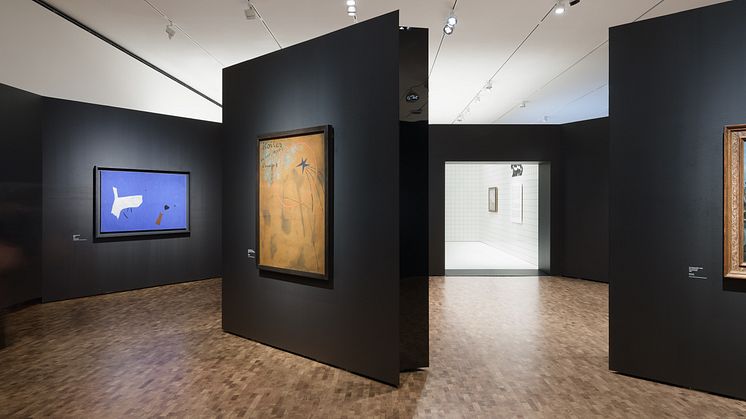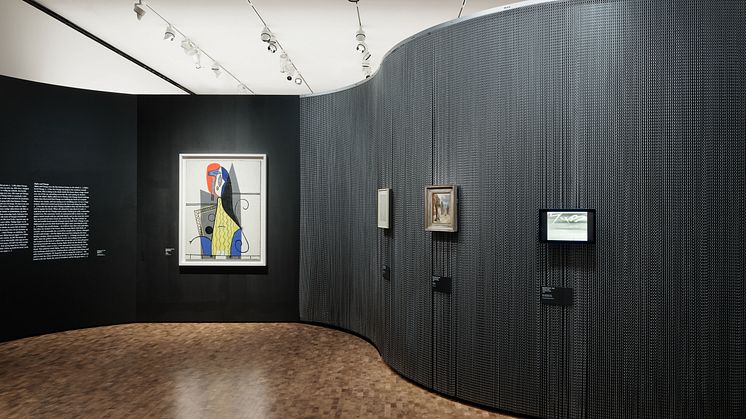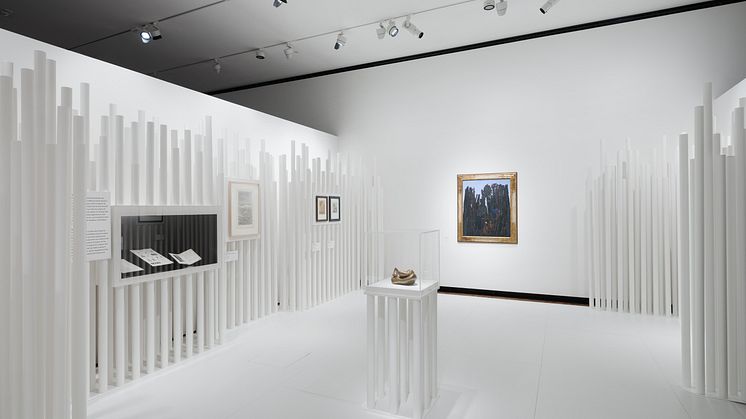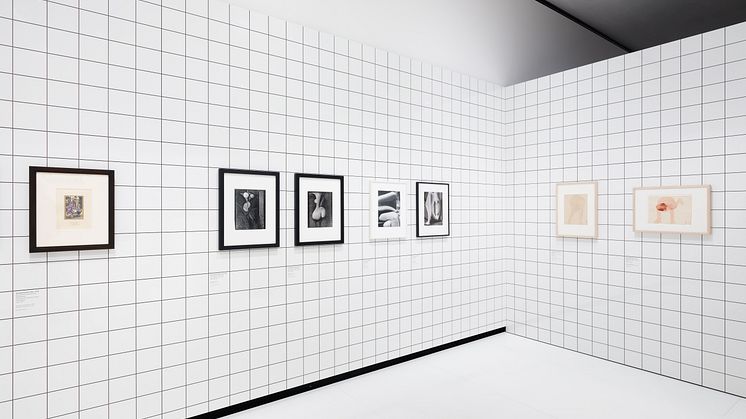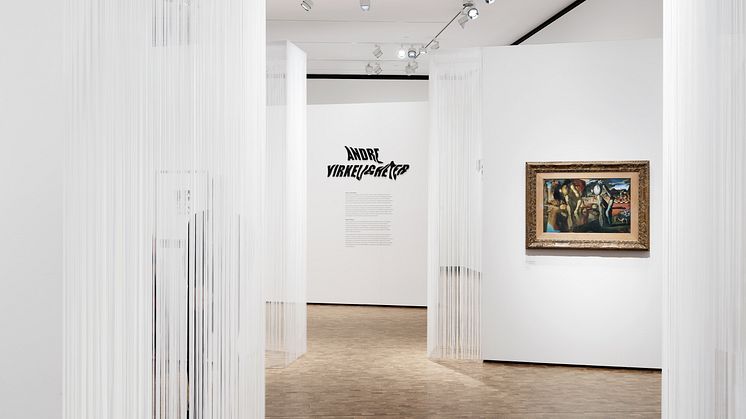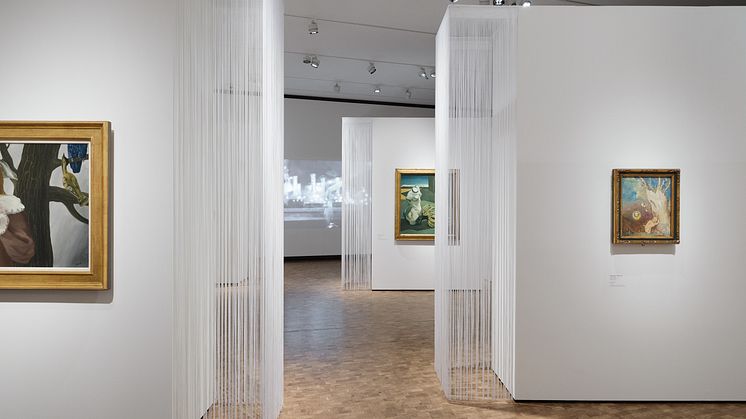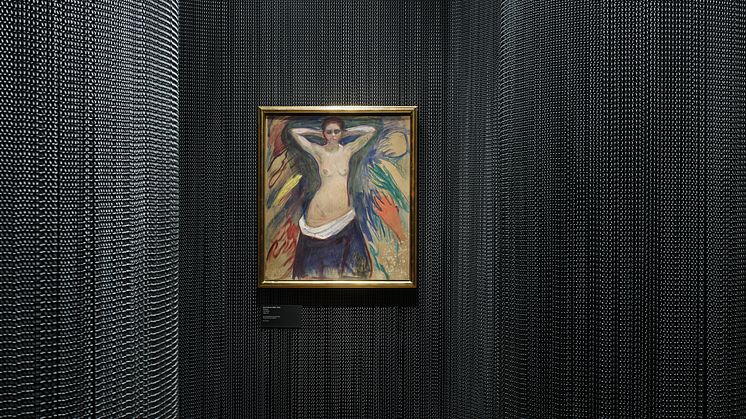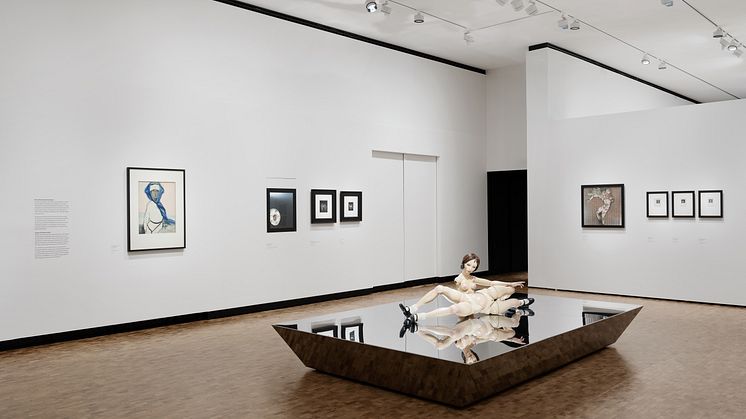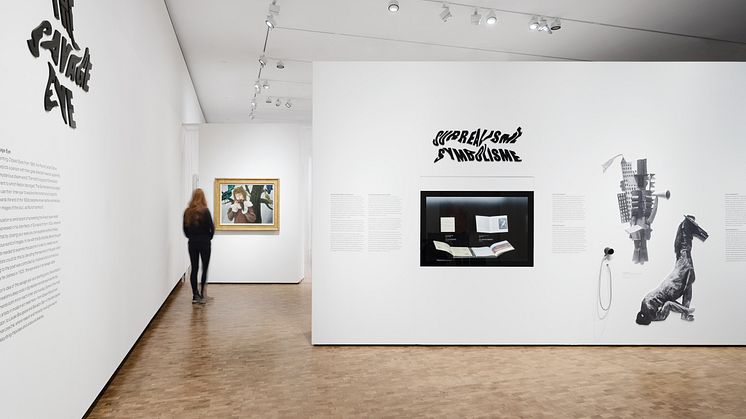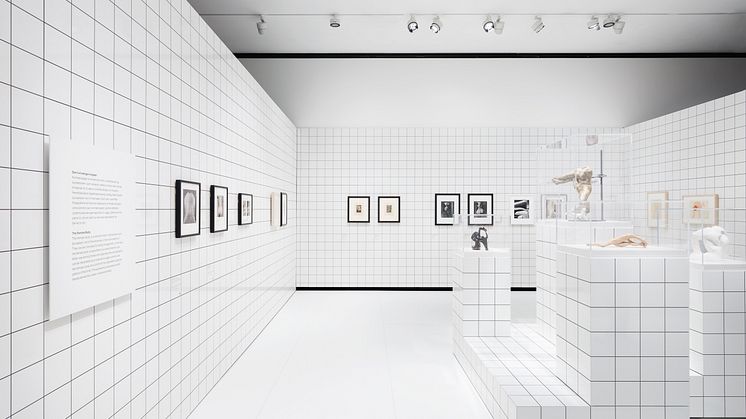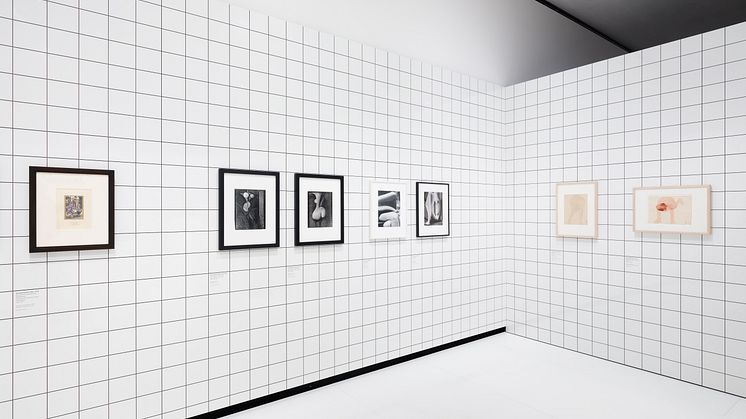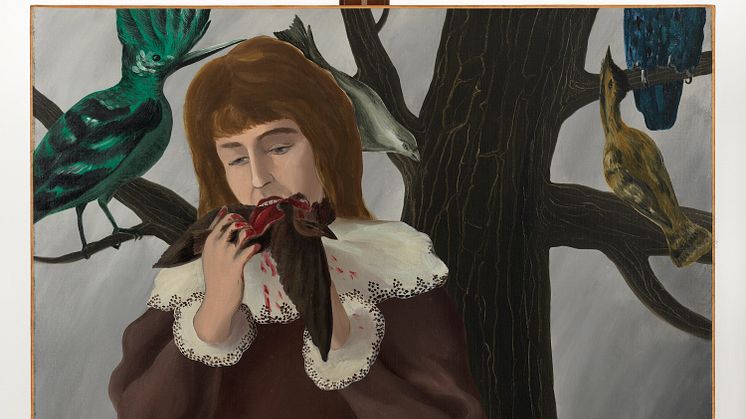
Press release -
MUNCH WITH A LANDMARK EXHIBITION THAT SHEDS NEW LIGHT ON THE HISTORY OF SURREALISM
The Savage Eye
Exhibition dates: 12 February 2022 – 8 May 2022
Experience some of history’s most significant artists, including Salvador Dalí, Vincent van Gogh, Louise Bourgeois, Joan Mirò, August Strindberg, Paul Gauguin and Pablo Picasso, in a surrealist exhibition that explores dreams, insanity, sex, and revolution.
- MUNCH is in a unique position in which our vast collection of works by Edvard Munch enables us to facilitate loans of artworks that have never previously been shown in Norway. The Savage Eye is a ground-breaking exhibition, and visitors can look forward to encountering works by a number of world-renowned artists brought together for the first time in Oslo. Says director at MUNCH, Stein Olav Henrichsen.
In this illuminating exhibition you will become familiar with two radical art movements that both explored the psyche with the aim of establishing a new concept of humanity. Through various thematic perspectives and a range of media, this landmark exhibition will shed new light on the history of Surrealism. With the idea of the unconscious as a turning point, The Savage Eye traces the roots of Surrealism in Symbolism and shows how the two art movements both reflect each other and overlap. Some of the most significant artists in modern art meet here in the murky depths of the human mind, where logic and morality give way to dreams, disturbing impulses, and unbridled desire.
Symbolism as a movement in literature and the visual arts emerged in the 1880s. Influenced by the contemporary interest in spirituality and psychology, Symbolist artists rejected naturalistic depictions of the real world and instead turned their attention towards a world of spirituality and dreams. Some decades later, in 1924, the French poet André Breton wrote his Manifesto of Surrealism, in which he argued that art should transform society by uniting the worlds of dreams and reality. In order to succeed, the artists should free themselves from rational and moral concerns and seek to tap into the revolutionary power of the unconscious mind.
With top names in the art world and 200 works of art, the exhibition takes the audience on a journey into the boundless world of the unconscious. Through surprising compilations and surprising exhibition architecture, visitors gain a unique insight into surrealism's revolutionary understanding of reality.
Read more about the exhibition here
In realtion to the exhibition a publication is published by MUNCH to accompany the exhibition. For the book and exhibition, pioneering research has been done to trace the origins of Symbolism in Surrealism. The connection between the two movements has often been mentioned but has not previously been examined in depth. The Savage Eyebook provides a broad introduction to both movements, and to the ideas and artistic issues that connect them. New associations thus appear between central artists of the late 19th and the 20th centuries, such as Marcel Duchamp, Max Ernst, Paul Gauguin, Dora Maar, René Magritte, Lee Miller, Joan Miró, Odilon Redon, and Auguste Rodin.
Texts by David Lomas, Emil Leth Meilvang, Allison Morehead, Gavin Parkinson, Lars Toft-Eriksen and Jamieson Webster.
Curatorial editor: Lars Toft-Eriksen.
Editors: Heidi Bale Amundsen and Kate Bell.
The book is published in English and Norwegian.
Categories
MUNCH is home to the world's largest collection of works by Norwegian artist Edvard Munch. 22 October 2021, MUNCH will open in a brand new building on Oslo’s waterfront. The bespoke structure, designed by estudio Herreros, will house more than 26,000 works that Edvard Munch bequeathed to the City of Oslo. The museum also manages collections donated by Rolf Stenersen, Amaldus Nielsen and Ludvig Ravensberg.
The new museum will trace the artist’s profound influence both on modern art and on artists through to the present day. Alongside displays of iconic artworks from the renowned permanent collection, temporary exhibitions will show Edvard Munch’s lasting influence in his own contemporary society, as well as on today’s generation of artists.
Visitors will experience the highlights of Edvard Munch’s oeuvre, in parallel with a wide-ranging programme of cultural events and experiences for visitors of all ages. From its location in Bjørvika, with unparalleled views of the Oslo Fjord, the museum will offer an extensive program of art and cultural experiences across thirteen floors.


